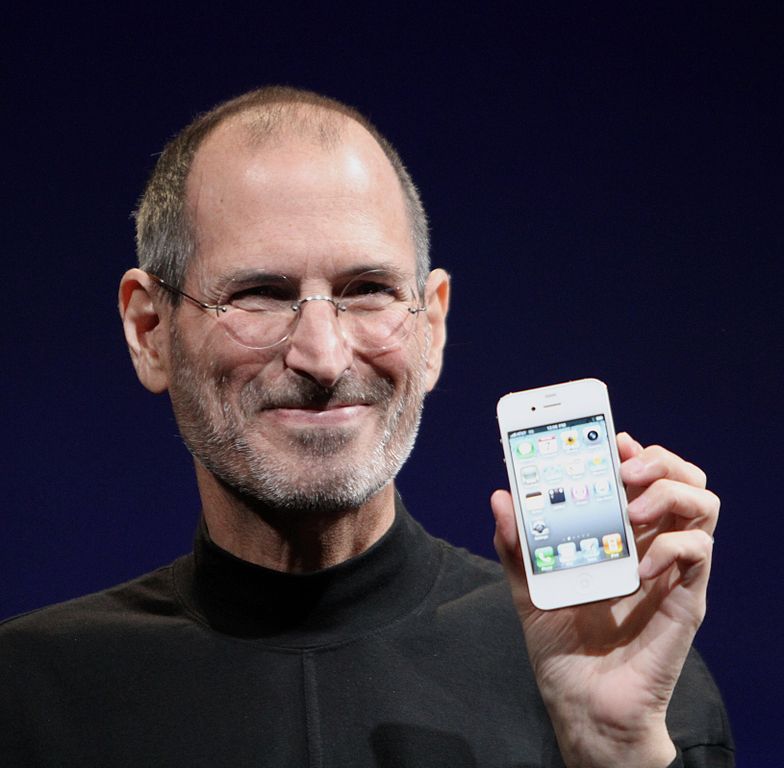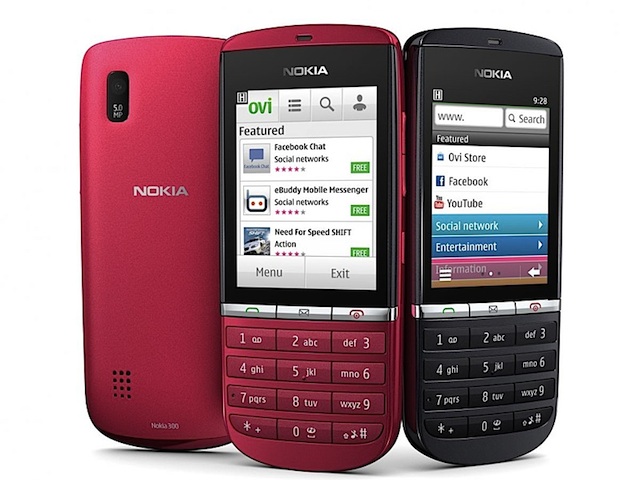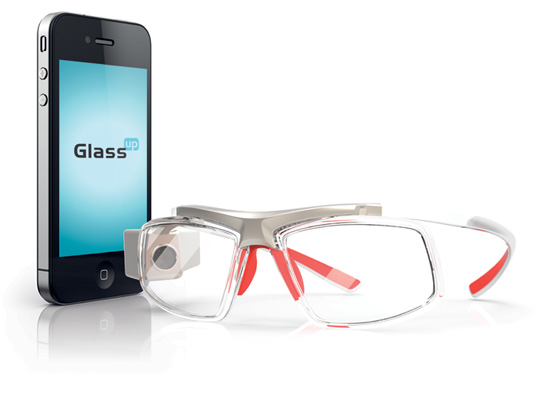One of the most profitable areas for many companies has been in fixing broken products, now the internet of everything promises to put an end to that business model.
‘Break-fix’ has always been a good profit earner with business ranging from construction companies to washing machine manufacturers making good money from fixing failed products.
Speaking at a lunch in Sydney earlier today GE’s CEO of Global Growth and Operations, John Rice, described how the Internet of Everything is changing in the industrial landscape.
One of the big business changes Rice sees is in the ‘break-fix’ model of many industrial suppliers.
“We grew up in companies with a break fix mentality,” Rice says. “We sold you equipment and if it broke, you paid us more money to come and fix it.”
“Your dilemma was our profit opportunity,” Rice pointed out. Now, he says engineering industry shares risks with their customers and the break-fix business is no longer the profit centre it was.
Goodbye to the TV mechanic
This is true in many other industries as products become both more reliable and less economical to repair – the local TV repairman has largely vanished and the backyard computer support businesses are going the same way.
For many businesses, this means a change to how they service their customers and the nature of their operations. For many, it means close monitoring of their products will be essential to manage risk.
Rice also flagged how grid computing will improve the reliability of equipment and networks citing how giant wind turbine talk to each other.
“Every wind turbine has an anemometer on top that’s used to judge wind speed and direction,” says Rice. “If you had a problem with the anemometer the wind turbine shut down until someone could come out – maybe a week later – to climb to the top of the turbine, diagnose the problem and start the thing back up.”
“Today the technology is such that the wind turbines talk to each other so if you’re in a wind field of thirty turbines you don’t rely on one anemometer,” points out Rice. “This is a very simple example of machine to machine interface.”
Wind turbines and the road toll
Rice’s example of wind turbines talking to each other is similar to Cisco’s scenario of using the internet of everything to reduce the road toll where cars communicate with road signs, traffic lights and each other to monitor conditions on the highway ahead.
Those machines talking together also give early warnings of problems which reduces downtime and risk for industrial users, it also means less money for businesses who’ve made money from those problems.




